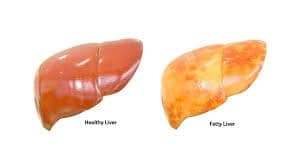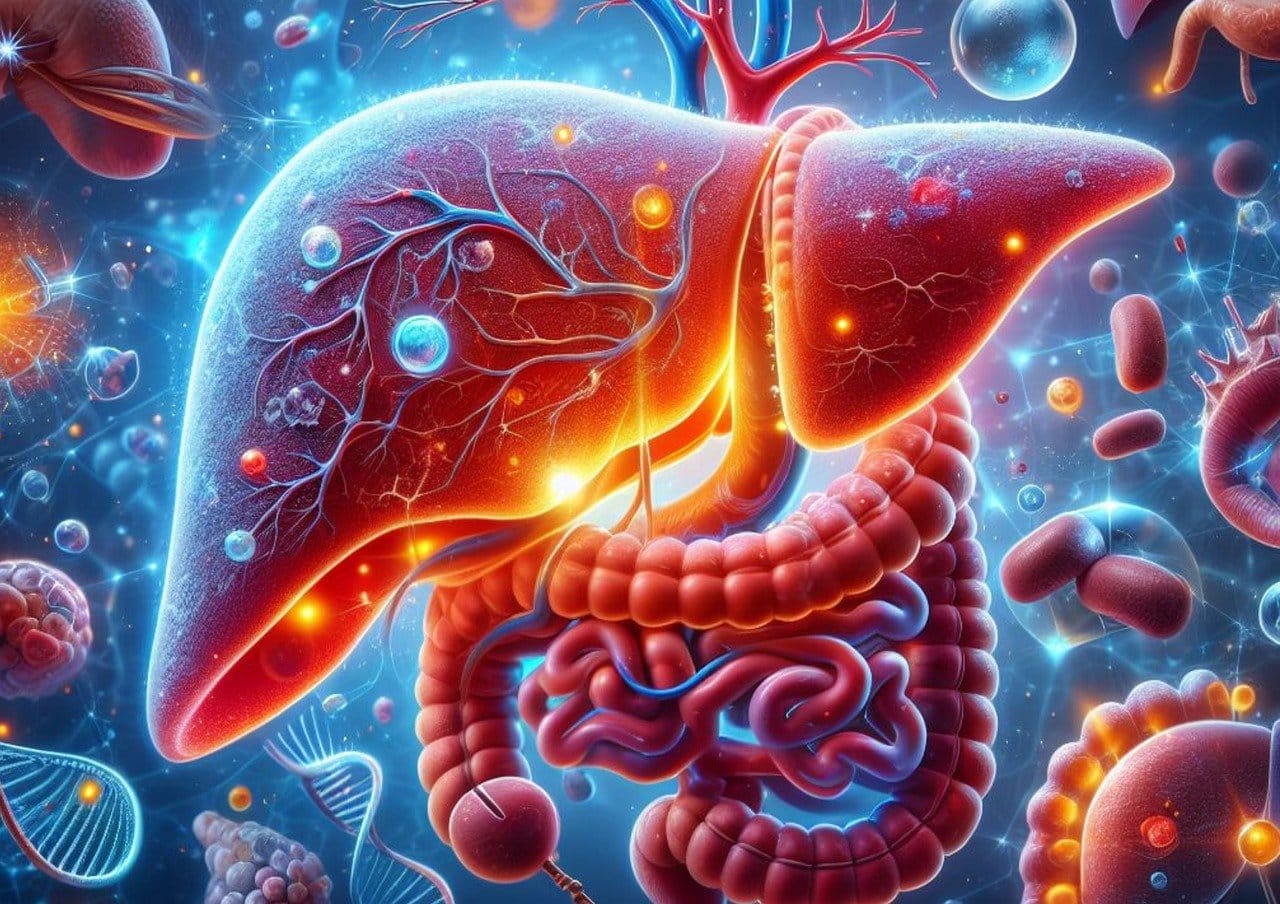Fatty liver, a condition characterized by the accumulation of excess fat in the liver, is a growing health concern worldwide. One of the key factors linked to the development of fat in the liver is insulin resistance, a precursor to type 2 diabetes. In this article, we’ll explore the link between fatty liver and insulin resistance, and provide you with the information you need to know to protect your health.
Understanding Fatty Liver
Hepatic steatosis which is popularly known as fatty liver occurs when excess fat accumulates in the liver cells. This can lead to inflammation, scarring, and damage to the liver. Fatty liver can be caused by a variety of factors, including obesity, insulin resistance, high blood pressure, and excessive alcohol consumption.
Understanding Insulin Resistance
Insulin is a hormone produced by the pancreas that regulates blood sugar levels and when the body’s cells become less responsive to insulin, it leads to what is called insulin resistance. When the body’s cells are less responsive to insulin, glucose builds up in the bloodstream, leading to high blood sugar levels. Insulin resistance is a precursor to type 2 diabetes and is also linked to the development of fat in the liver.
What Is The Link Between Fatty Liver and Insulin Resistance
Research has shown that there is a strong link between the two health challenges. Studies have shown that up to 80% of people with insulin resistance also have fat in their liver. The link between the two conditions is thought to be due to the fact that insulin resistance leads to an increase in glucose production in the liver ultimately leading to the accumulation of fat in the liver cells.
How Insulin Resistance Contributes to Fatty Liver
Insulin resistance contributes to fat in the liver in several ways:
- Increased glucose production: Insulin resistance leads to an increase in glucose production in the liver, which can lead to an accumulation of fat in the liver cells.
- Increased lipid synthesis: Insulin resistance also leads to an increase in lipid synthesis in the liver, which can contribute to the accumulation of fat in the liver cells.
- Inflammation: Insulin resistance can lead to inflammation in the liver, which can contribute to the development of fatty liver.

How Fatty Liver Contributes to Insulin Resistance
- A fatty liver also contributes to insulin resistance in several ways:
- Inflammation: liver full of fat can lead to inflammation in the liver, which can contribute to insulin resistance.
- Impaired insulin signaling: liver that has fat can impair insulin signaling in the liver, leading to insulin resistance.
- Increased glucose production: liver that has fat can lead to an increase in glucose production in the liver, which can contribute to insulin resistance.
Reversing Fatty Liver and Insulin Resistance
Reversing fatty liver and insulin resistance requires a comprehensive approach that incorporates lifestyle changes, dietary modifications, and natural interventions. These strategies can help:
- Exercise regularly: Regular exercise can help improve insulin sensitivity and reduce liver fat.
- Eat a healthy diet: Eating a healthy diet that is low in sugar, refined carbohydrates, and saturated fats can help improve insulin sensitivity and reduce liver fat.
- Lose weight: Losing weight can help improve insulin sensitivity and reduce liver fat.
- Get enough sleep: Getting enough sleep can help regulate blood sugar levels and improve insulin sensitivity.
- Manage stress: Managing stress can help regulate blood sugar levels and improve insulin sensitivity.
Natural Interventions for Fatty Liver and Insulin Resistance
Several natural interventions are effective in reversing fatty liver and insulin resistance. Here are some of the most promising natural interventions:
- Berberine: Berberine, a compound found in the Berberis plant, has been shown to have anti-diabetic and anti-inflammatory properties.
- Curcumin: Curcumin, a compound found in turmeric, has been shown to have anti-inflammatory and antioxidant properties.
- Omega-3 fatty acids: Omega-3 fatty acids, found in fatty fish and flaxseed, have been shown to have anti-inflammatory properties.
- Probiotics: Probiotics, beneficial bacteria found in fermented foods and supplements, have been shown to have anti-inflammatory and antioxidant properties.
Conclusion
Fatty liver and insulin resistance are two closely linked conditions that can have serious consequences for our health. By understanding the link between these two conditions and incorporating lifestyle changes, dietary modifications, and natural interventions, we can reverse fatty liver and insulin resistance and improve our overall health. Remember, reversing fatty liver and insulin resistance takes time and patience, so be consistent and persistent in your efforts.

